The characteristics and flavor of the story of Java coffee beans in the alpaca manor of Bolivia in the new production season in 2020.

Professional coffee knowledge exchange more coffee bean information please follow the coffee workshop (Wechat official account cafe_style)
Front Street Coffee-Bolivian Alpaca Manor Cocoa Solar Java Coffee beans
Producing area: the producing area of La Paz Caravina, Bolivia
Manor: alpaca Manor
Altitude: 1600-1900m
Variety: Java
Treatment: cocoa sun treatment
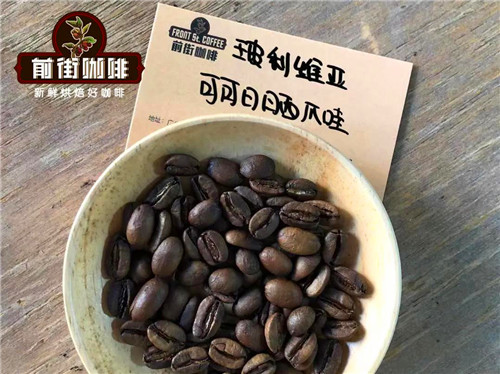
Bolivian coffee
Bolivia Coffee
Towering peaks, dreamy salt lakes, grasslands rich in wildlife resources. The superior natural environment and resources make it the cradle of coffee. Bolivia may produce negligible coffee in the coffee-producing countries of South America, but this beautiful country brings boutique coffee as charming as its scenery, so locals proudly call Bolivian coffee "the taste of heaven".
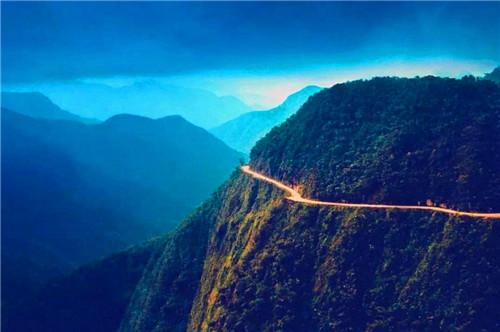
Unlike other coffee producing areas, Bolivian coffee can be grown only after hours of driving down from a 3600-meter city to areas below 2000 meters above sea level. Among them, North Yonggas Highway (North Yungas Road) is recognized as the first dangerous road in the world. The mountain road is basically close to the edge of the cliff, and there is no guardrail, there are foggy days, often overturning, so it is also known as the "death road".
La Paz Karawina producing area
La Paz Caravani
The most famous producing area in Bolivia is La Paz, including Caravani, Yungas, Inquisivi and so on. Karanawi is located near North Yonggas and coffee is grown at 1600-1900m above sea level, leading to the hills of the Andes.
Alpaca Manor
FINCA LA LLAM
The manor is named after the cute animal alpaca in Bolivia. Although the area of the manor is small, it is famous all over the world. With all the natural resources suitable for coffee growth, such as high altitude, fertile soil and lush forests, the manor owner hopes to use this manor to show local farmers modern planting techniques and ideas. and let them know that new coffee trees can coexist with old ones.

Bolivian Java variety
Bolivia Java
The Java caffeine of Alpaca Manor has a unique flavor, and the Java coffee produced every season is very popular. Through genetic comparisons, it is found that Bolivia's Java, which actually comes from a branch called Abysinia in Ethiopia, is a native ancient variety.
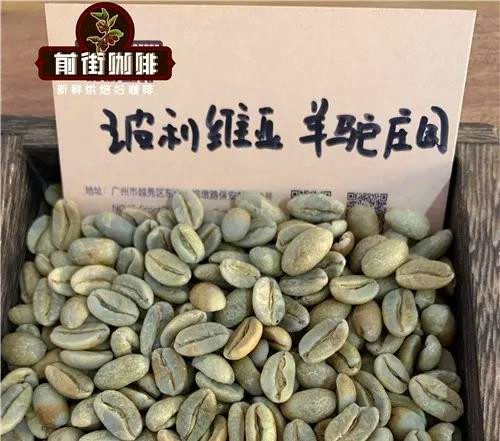
Unlike Indonesia's Java, Indonesia's Java has evolved over hundreds of years to adapt to the low altitude environment, as well as the natural dominance genes of the lost Java varieties, and the genetic origin is not from the same branch.
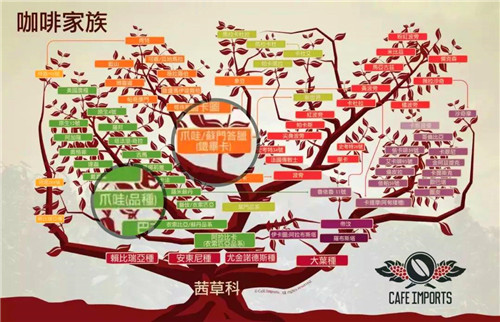
Bolivia Java and Rosa are the same clan and the same birthplace, and they also have excellent floral and fruit flavor. In front of the street, it was observed that the Bolivian Java coffee raw beans were slender and pointed at both ends, while the rose summer raw beans were slightly shorter and more rounded than Rosa Xia.
Cocoa solarization treatment
Coco Natural
Due to the low local temperature all the year round, coffee beans cannot be dried by traditional sun treatment. So owner Pedro has been innovating and experimenting with different treatment techniques, and has found that cocoa dryers can slowly and continuously dry coffee beans at low temperatures, thereby reducing the impact of weather conditions.
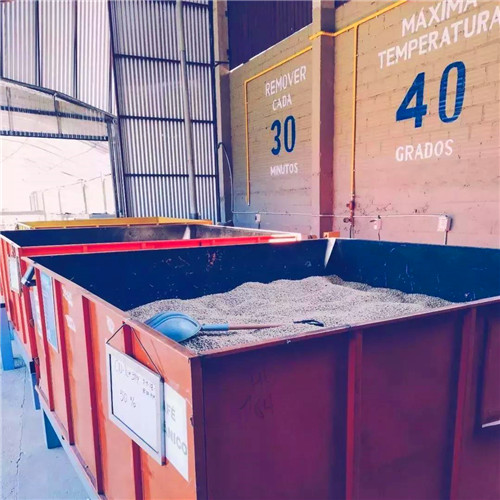
After selection and weighing, the coffee fruit is washed carefully, dried on a raised African bed, and then turned every hour. About a week later, put the coffee fruit in the cocoa dryer. Coffee beans are placed in large steel buckets for about 35 hours at a temperature of no more than 40 degrees Celsius, flipping every 30 minutes. After the coffee beans are dried, the manor will use machinery to shell and sort the coffee, in addition to manual sorting under ultraviolet light and natural light.
Suggestion on coffee baking in Qianjie
When the furnace temperature is 140℃, the throttle will be opened to 4, the firepower will not change; when the furnace temperature is 152℃, the bean watch will turn yellow, the smell of grass will disappear completely, and enter the dehydration stage.
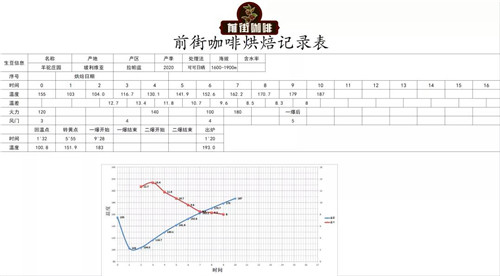
When the temperature of the oven drops to 100 ℃, the firepower drops to 100. At this time, the sound of the explosion point should be heard clearly. When the temperature of the oven is 180 ℃, the sound of the explosion point begins to explode, and the throttle is adjusted to 5. After an explosion, the development of 1mm, 39th, 20th, 193th ℃.
Coffee cup test report on Qianjie
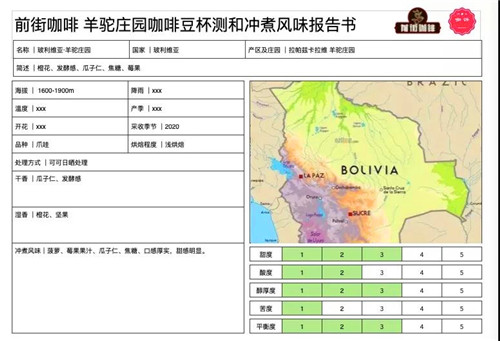
Experience of brewing coffee in Qianjie
Filter cup: Hario v60
Powder content: 15g
Ratio of powder to water: 1:15
Degree of grinding: medium and fine grinding (77% of No. 20 standard screen)
Boiling water temperature: 90 °C
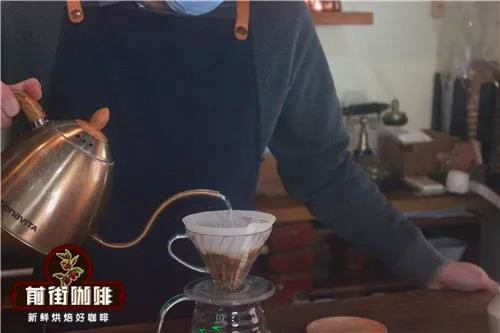
This time, the staged cooking is used, first of all, 30g water is injected for steaming for 30s. In the second section, 125g water is injected in a small circle in the center, the intensity of water injection is gentle and the tumbling strength of the powder layer is reduced as far as possible, and the flow speed falls at 4g per second. When the water level drops to 1 stroke 2 of the silt layer, the third stage of water injection begins, and the water injection in this section is also gently circled from the center to the end of 225g. Finish the extraction after all the coffee liquid in the filter cup has been dripped, and the time is 2pm. Shake gently after the coffee has been extracted, and then taste it after the coffee liquid is fully evenly distributed.
Cooking flavor: it smells like orange blossom, pineapple-like acidity, smooth berry juice, melon seed aroma and caramel finish.
For more boutique coffee beans, please add private Qianjie coffee on Wechat. WeChat account: kaixinguoguo0925
Important Notice :
前街咖啡 FrontStreet Coffee has moved to new addredd:
FrontStreet Coffee Address: 315,Donghua East Road,GuangZhou
Tel:020 38364473
- Prev
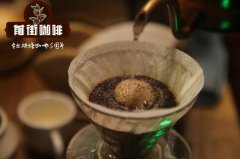
Blue bottle Costa Rican coffee flavor? Introduction of Al Valle treatment Plant for Coffee Red Honey treatment
Professional coffee knowledge exchange more coffee bean information Please pay attention to the coffee workshop (Wechat official account cafe_style) Honey treatment is a kind of treatment between sun treatment and water washing. It keeps the coffee clean by washing, and because it is dried in the sun together with the pulp mucosa, it greatly increases the sweetness and caramel flavor of the coffee (the sugar content of the pulp mucosa is very high).
- Next
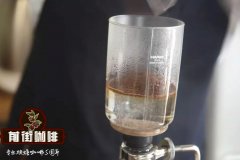
How is the coffee flavor of Alcatraz Ecuador? introduction to the loja producing area of Loha, Ecuador
Professional coffee knowledge exchange more coffee bean information please follow the coffee workshop (Wechat official account cafe_style) Ecuador Ecuadorian coffee compared to bananas, oil, shrimp and other has never been listed as a major source of income, Ecuador's most famous Galapagos Islands Galapagos island, inhabited by Darwin's giant turtle native species, the United Nations Educational, Scientific and Cultural Organization
Related
- Detailed explanation of Jadeite planting Land in Panamanian Jadeite Manor introduction to the grading system of Jadeite competitive bidding, Red bid, Green bid and Rose Summer
- Story of Coffee planting in Brenka region of Costa Rica Stonehenge Manor anaerobic heavy honey treatment of flavor mouth
- What's on the barrel of Blue Mountain Coffee beans?
- Can American coffee also pull flowers? How to use hot American style to pull out a good-looking pattern?
- Can you make a cold extract with coffee beans? What is the right proportion for cold-extracted coffee formula?
- Indonesian PWN Gold Mandrine Coffee Origin Features Flavor How to Chong? Mandolin coffee is American.
- A brief introduction to the flavor characteristics of Brazilian yellow bourbon coffee beans
- What is the effect of different water quality on the flavor of cold-extracted coffee? What kind of water is best for brewing coffee?
- Why do you think of Rose Summer whenever you mention Panamanian coffee?
- Introduction to the characteristics of authentic blue mountain coffee bean producing areas? What is the CIB Coffee Authority in Jamaica?

